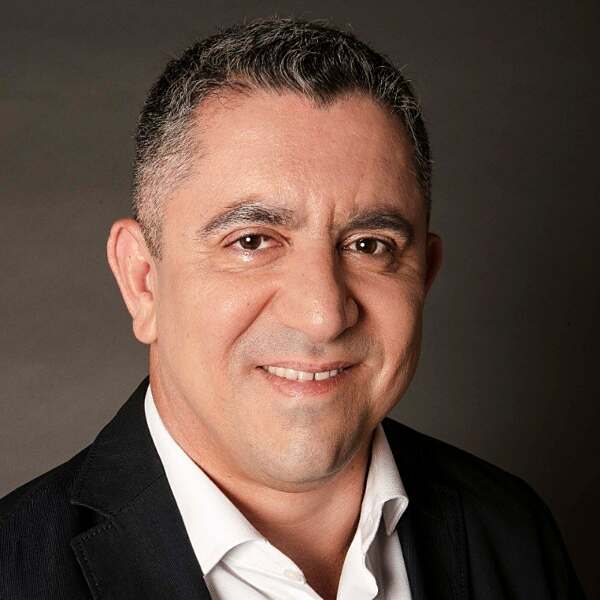Advanced Process Control Chats: Cement Industry
A Conversation with Our Team of Experts
Here at Kalypso, the digital services arm of Rockwell Automation, we are a diverse team of innovators, strategists, data scientists + technologists. We’re product people with plant-floor expertise.
Our advanced process control (APC) team members Q&A continues as we discuss the cement industry. Today we’re talking with sales manager Juliano de Goes Arantes about trends he’s seeing in the industry and what organizations should be thinking about but may not be.
Our Interviewee
Juliano de Goes Arante started in the cement business as a project assistant almost 30 years ago, working in the cement plant during the day, while studying engineering in the evening, He has had many functions working for the end user, including operations, maintenance, automation, project management and advanced process control champion to name a few. For a decade, he worked as an APC Engineer, traveling around the world and spending the majority of his time in control rooms. Currently, Juliano is a sales manager for model predictive control (MPC) for Rockwell Automation’s EMEA region, helping clients to improve their processes. Globally, he is the team's subject matter expert for cement.
What are the key challenges you typically face in your role as an engineering consultant?
Different customers have different issues, priorities and perspectives, therefore we need to make sure that is understood and taken into account, instead of jumping to premature conclusions based on previous client work or industry experience.
What are the most important skills and qualities for success in your role?
In whatever role I’ve played - as a sales manager, advisor or subject matter expert – expertise and knowledge in the field is invaluable. You need to know the industry you are representing. For example, the cement industry is old school and conservative. They may have more resistance or hesitation at first when it comes to the adoption of digital tools or processes, and I go into each project with that in mind.
You also need to be able to listen and be able to communicate with customers from different cultures and different backgrounds, collect information, share potential solutions to help on their challenges and ultimately achieve common goals.
An interest in improving processes in general, and excitement in seeing before and after comparisons, is another must-have.
When you meet with a client, walk us through how you approach a problem.
First, I listen. I make sure to listen more than I speak. Then, I share potential solutions for the problem or next steps towards that goal. Sometimes there is no obvious solution, and I have no problem saying, “I do not know, but I’ll investigate and find somebody else on my team that does know.”
To break it down into simple steps, we:

What are some trends you’re seeing in the industry?
A big trend nowadays is related to artificial intelligence and machine learning. To be honest, I think those terms are often misused or misunderstood. It has become like a bubble – there are these high expectations that this “magic” piece of software will do everything with very little. There is a mismatch between expectation and reality. Another huddle is that many organizations want to implement these types of solutions, but their infrastructure isn’t suitable for that type of process or equipment. Many cement businesses are not fully equipped to receive full autonomous control and optimization due to the process limitations. What’s great about MPC is that we can use what is already available and layer machine learning techniques on top of that to build out parts of the model without increasing the cost of implementing this type of solution.
Another huge topic is related to sustainability goals, including CO2 emissions reduction. To address that issue, many companies are considering Carbon Capture Utilization and Storage (CCUS) systems. With APC and MPC, we’ve been able to help customers reduce their CO2 emissions by 2%.
We often hear from clients that their KPIS are throughput, Alternative Fuels and Raw Materials (AFR) substitution, quality and energy reduction. How do you factor those in when you are creating a solution? What else should the client be thinking about?
At the end of the day, it usually comes down to cost for customers. Cost is the main driver. However, sometimes customers focus too much on that and not enough on the benefits. It’s not just the immediate benefits either, it’s how the benefits are sustained over the years. If you’re implementing a solution and only take the results from one year into consideration, you may be underestimating the solution.
Looking ahead is a must for organizations. Software is continuingly evolving and improving. New tools and technologies are always being developed. We help our clients understand this and develop their long-term vision to meet their goals as well as help them sustain the benefits.

